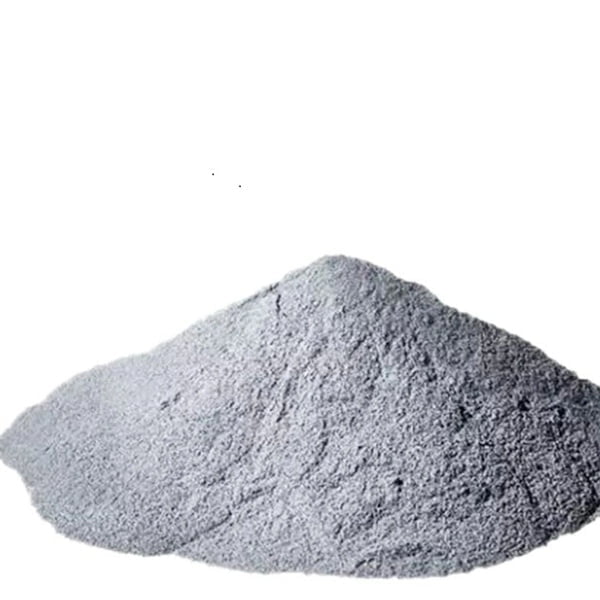
블로그
모든 컬렉션



티타늄 알루미나이드 분말
티타늄 알루미나이드는 티타늄과 알루미늄으로 구성된 경량, 고강도 금속 간 합금의 한 종류를 말합니다. 이 가이드는 분말 형태의 티타늄 알루미나이드에 대한 참고 자료로, 제조 방법, 구성, 주요 특성 및 매개 변수, 공급업체 및 가격, 산업 전반의 다양한 최종 사용 분야, 자주 묻는 질문 등을 살펴봅니다. 개요

3D 프린팅 파우더
적층 제조(AM)라고도 하는 3D 프린팅은 특수 파우더를 사용하여 연속적인 레이어링 방식으로 3차원 구성 요소를 제작합니다. 이 가이드는 3D 프린팅용 파우더의 유형, 특성, 사양, 제조 방법, 주요 공급업체 및 가격, 산업 전반의 응용 분야, 대체품과의 비교, 자주 묻는 질문 등을 살펴보는 심층적인 3D 프린팅용 파우더에 대한 참고 자료입니다.
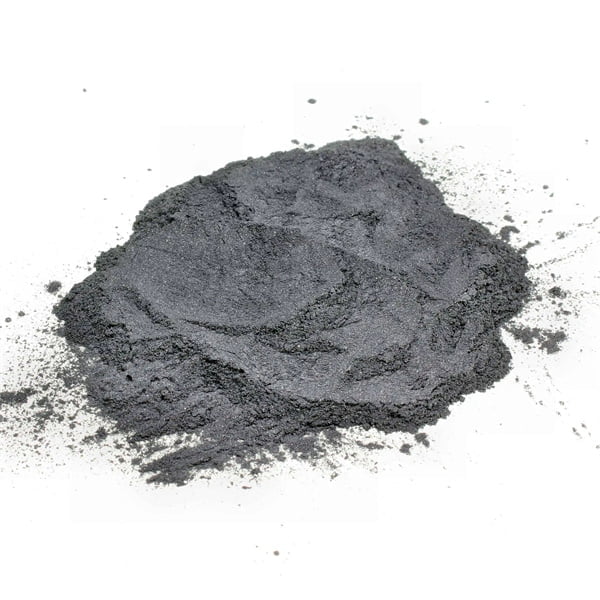

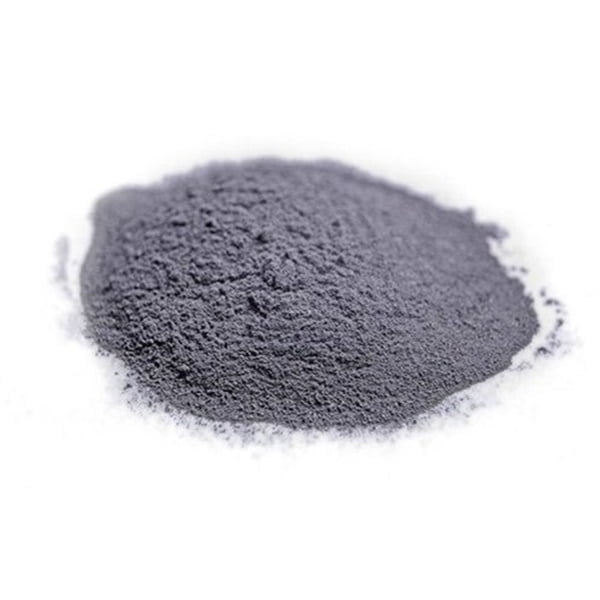
텅스텐 분말 공급업체
텅스텐 분말은 고밀도, 강도 및 열 안정성으로 인해 여러 산업 분야에서 핵심적인 소재입니다. 애플리케이션에 적합한 등급, 품질 및 지원을 받으려면 올바른 텅스텐 분말 공급업체를 선택하는 것이 중요합니다. 텅스텐 분말의 응용 분야 표 1: 텅스텐 분말의 주요 응용 분야 산업 응용 분야

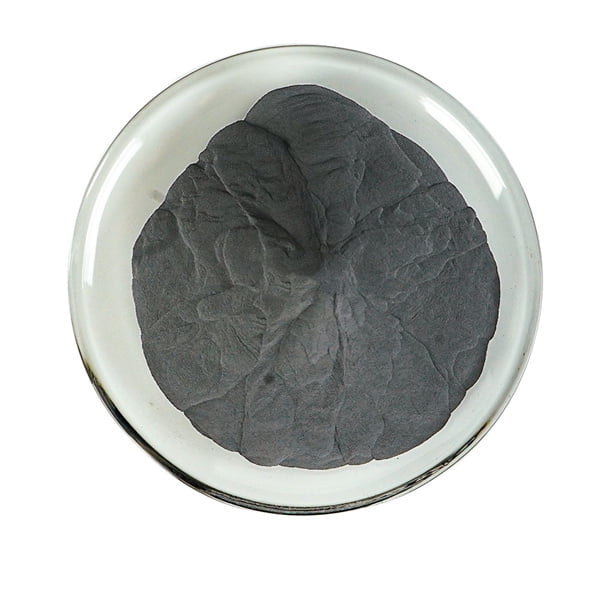
HIP 메탈 파우더
HIP 또는 열간 등방성 프레스는 열과 압력을 사용하여 생체 적합성 금속 분말을 강도, 수명 및 뼈 통합 능력의 균형이 필요한 고관절 대체 임플란트에 적합한 복잡한 모양으로 통합합니다. 이 가이드에서는 다음과 같은 용도의 고관절 금속 분말의 주요 합금 유형, 생산 방법, 특성, 응용 분야, 사양 및 비교를 다룹니다.

금속 합금 분말 소재
금속 합금 분말은 단일 금속 형태로는 불가능한 맞춤형 기계적, 열적, 전기적 및 부식 특성을 활용하는 고성능 부품을 만드는 금속 원소의 미세 입자 혼합물을 말합니다. 이 가이드에서는 널리 사용되는 니켈, 알루미늄, 강철 및 티타늄에 대한 구성, 생산 방법, 특성, 용도, 사양 및 비교를 자세히 설명합니다.
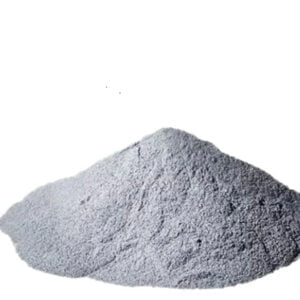
MIM 금속 분말
Metal injection molding, or MIM metal powder, is a manufacturing process gaining popularity for its ability to produce complex, high-precision metal parts in high volumes. At its core, the MIM process utilizes a feedstock consisting of fine metal powder particles mixed with a binder material. When injected into a mold, this feedstock allows intricate shapes
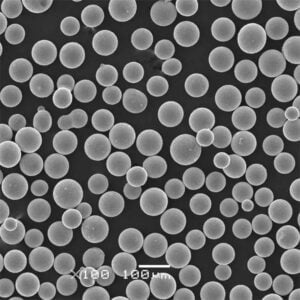
금속 합금 분말
Metal alloy powders refer to particulate blends of two or more metal elements used across manufacturing, additive techniques and research applications. This guide serves as an in-depth reference on metal alloy powders – exploring types, production methods, key properties, specifications, suppliers, pricing, applications, comparisons and more. Overview of Metal Alloy Powders Characteristic Description Composition Metal

티타늄 알루미나이드 분말
Titanium aluminide refers to a class of lightweight, high strength intermetallic alloys composed of titanium and aluminum. This guide serves as a reference on titanium aluminide in powder format – exploring manufacturing methods, compositions, key traits and parameters, suppliers and pricing, diverse end-use applications across industries, FAQs and more. Overview of Titanium Aluminide Powder Titanium
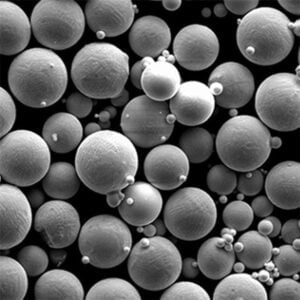
3D 프린팅 파우더
3D printing, also known as additive manufacturing (AM), utilizes specialized powders to construct three-dimensional components in successive layering methods. This guide serves an in-depth reference on powders for 3D printing – exploring types, traits, specifications, manufacturing methods, key suppliers & pricing, applications across industries, comparisons to alternatives, FAQs and more. Overview of 3D Printing Powders
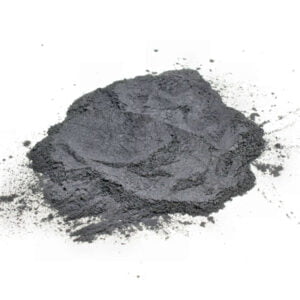
HIP 기술
HIP technology or Hot Isostatic Pressing is an advanced manufacturing process to eliminate porosity, increase density, and improve mechanical properties of parts produced via additive manufacturing, casting, powder metallurgy and other techniques. HIP technology Process Table 1: Summary of The Hot Isostatic Pressing Process Parameters Details Principle High temperature + High isostatic gas/liquid pressure to

가스 분무 분말
Gas atomization is a specialized manufacturing process to produce fine metallic powders with precise composition and consistent particle sizes. The powders find application across automotive, aerospace, medical, and industrial sectors. Overview of gas atomized powder Table 1: Summary of the Gas Atomization Process Parameter Details Raw Materials Metals like titanium, aluminum, steels, nickel alloys in

텅스텐 분말 공급업체
Tungsten powder is a key material across several industries due to its high density, strength, and thermal stability. Choosing the right tungsten powder supplier is vital to get the appropriate grade, quality and support for your application. Applications of Tungsten Powder Table 1: Major Applications of Tungsten Powder Industry Applications Defense Penetrators, radiation shielding Automotive

분무형 분말 소개
Atomized powder is a type of metal or alloy powder made by atomization, a process where molten metal is turned into fine droplets that solidify into powder particles. This powder production method allows for precise control over powder characteristics like particle size, shape, and composition. Atomized powders have become an important material across industries like
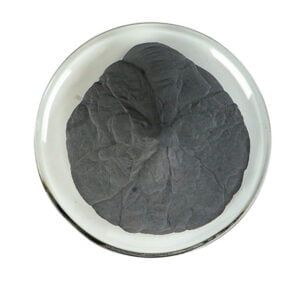
HIP 메탈 파우더
HIP or hot isostatic pressing uses heat and pressure to consolidate biocompatible metal powders into complex shapes suitable for hip replacement implants needing a balance of strength, longevity and bone integration ability. This guide covers key alloy types, production methods, characteristics, applications, specifications and comparisons of HIP metal powders for hip implants. Overview of HIP

금속 합금 분말 소재
Metal alloy powders refer to fine particulate blends of metal elements that when consolidated create high performance components exploiting customized mechanical, thermal, electrical and corrosion properties unavailable in single metal forms. This guide details composition, production methods, characteristics, applications, specifications and comparisons for widely used nickel, aluminum, steel and titanium alloy powders. Overview of Metal
제품
인기 판매 제품
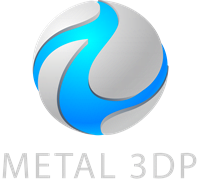
3D 프린팅 및 적층 제조용 금속 분말
연락처 정보
- 칭다오시, 산둥성, 중국
- [email protected]
- [email protected]
- +86 19116340731

